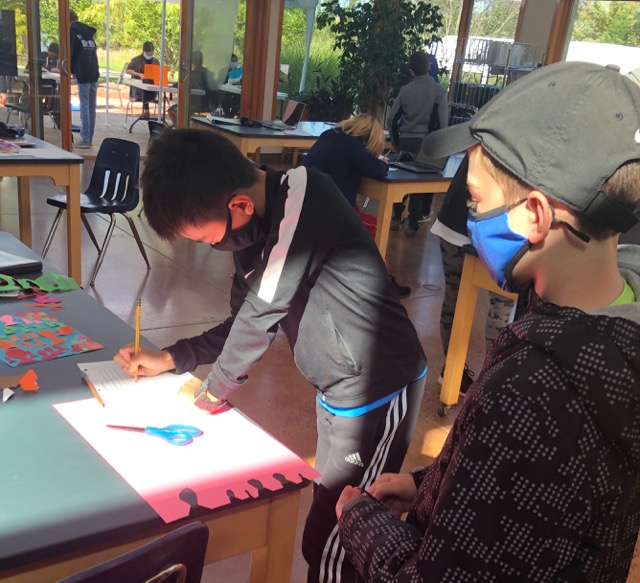Lower Elementary
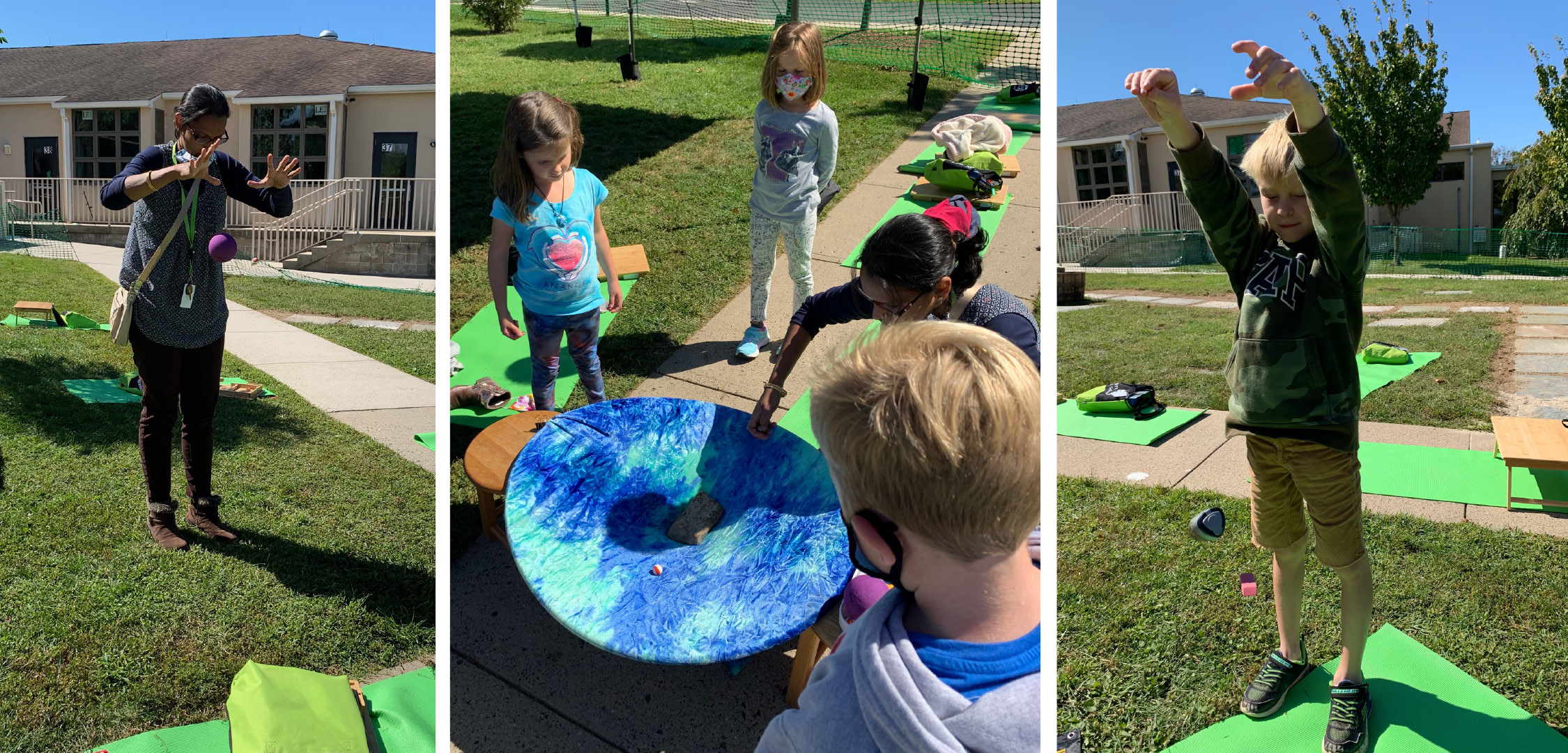 In our Lower Elementary science lessons, the outcome of an experiment is secondary. Students primarily focus on the process, observations and reflections. This week, they observed a space-gravity experiment by a teacher and as a follow-up, they tried their own experiments using objects from their pencil cases.
In our Lower Elementary science lessons, the outcome of an experiment is secondary. Students primarily focus on the process, observations and reflections. This week, they observed a space-gravity experiment by a teacher and as a follow-up, they tried their own experiments using objects from their pencil cases.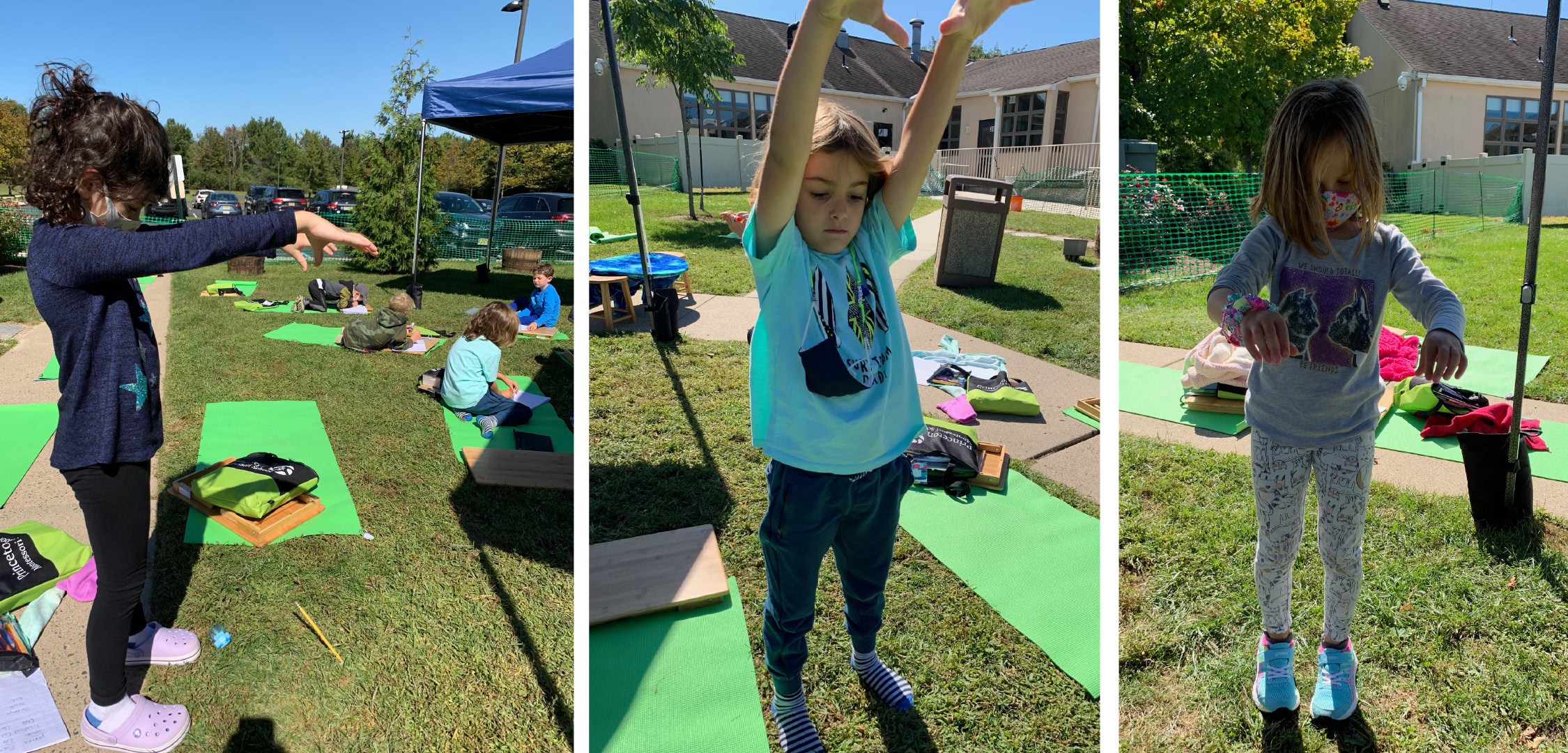
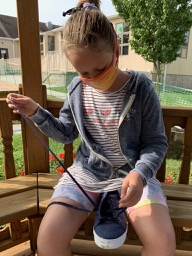 Students also enjoy “work block”; this is the open time each day in Lower Elementary where each child selects work from their own individual work plan. They’ve explored the life of Maria Montessori, started Grammar study, practiced shoe lacing, and continued studying the months of the year – even in Spanish!
Students also enjoy “work block”; this is the open time each day in Lower Elementary where each child selects work from their own individual work plan. They’ve explored the life of Maria Montessori, started Grammar study, practiced shoe lacing, and continued studying the months of the year – even in Spanish!
Each Monday morning our mindfulness instructor, Ms. Galbraith, leads the LE community in a series of breaths and movements to help the children engage in mindfulness practice. We use these skills throughout the day and find them to be a helpful lifelong skill.
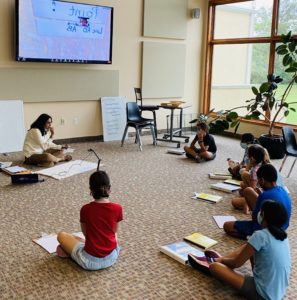 Upper Elementary
Upper Elementary
In Upper Elementary, Mrs. Kazmi uses a document camera for a Math Extensions lesson with the third grade students. This tool allows her to utilize Montessori materials in a way that is safe and controlled for the benefit of both in-person and remote students.
.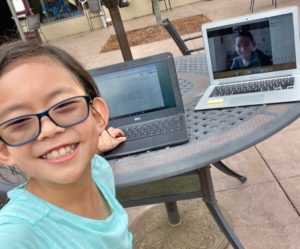
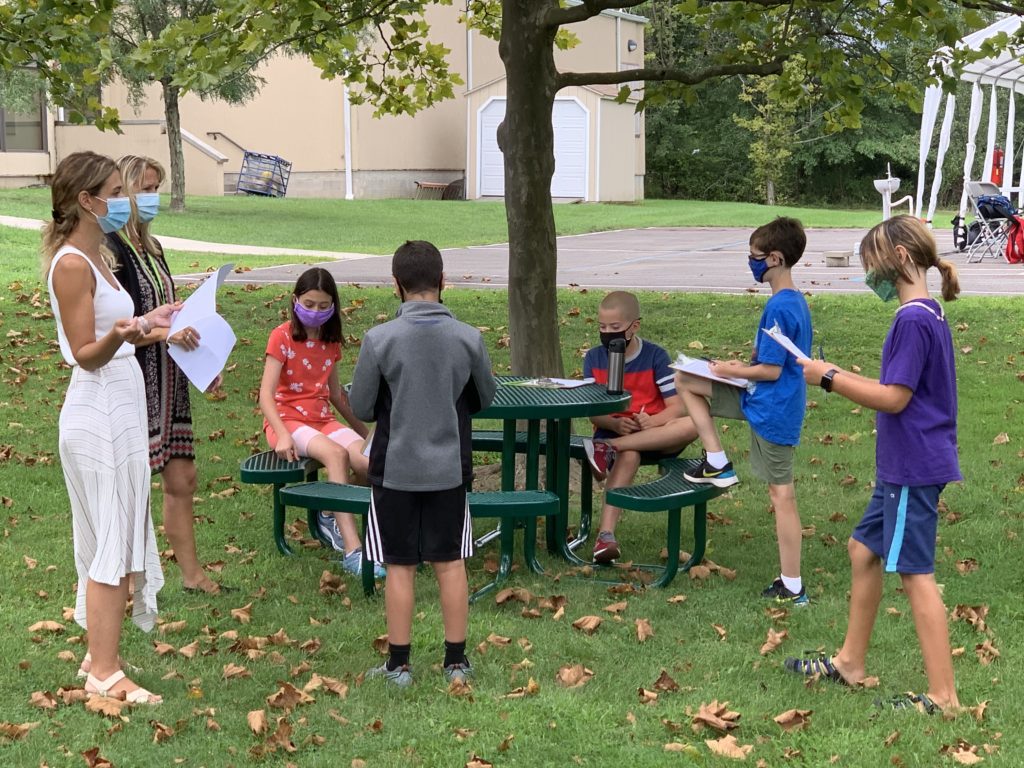
Middle School
In Middle School humanities class, students are working on a unit in which they are discussing the idea and importance of freedom of expression and how it may lead to “fake news.” Students have discussed being careful about the sources from which they get information, about fact-checking, and about using critical thinking skills to assess whether information is likely to be factual, exaggerated, or fabricated.
